
Warning: This article contains SPOILERS for Fantastic Beasts: The Crimes of Grindelwald.
Does Fantastic Beasts: The Crimes of Grindelwald really have quite so many Harry Potter canon plot holes as is commonly claimed? J.K. Rowling is a master storyteller, with a reputation for weaving complex narratives across multiple mediums. When she created the original Harry Potter story, she'd crafted a long, complicated timeline in order to understand the part every character played in her ongoing narrative. As a result, Harry Potter fans have grown unused to the idea of there being gaping plot holes in the Wizarding World.
That's a major reason why the release of Fantastic Beasts 2 has been so controversial; there are several departures from the accepted canon. Sometimes these are minor issues; McGonagall's age doesn't make sense, but there's also the question of apparating on Hogwarts grounds. But even the greatest twists of Fantastic Beasts 2 seem to defy Harry Potter canon, most notably Credence's true identity and the Blood Pact between Dumbledore and Grindelwald.
Related: Fantastic Beasts 2's Biggest Harry Potter Retcons (And Plot Holes)
These issues are, however, being overstated. It's important to remember that this is Rowling's world, and she knows far more about it than any reader or viewer. The Wizarding World of Harry Potter operates according to ill-defined rules that are only partly understood by audiences. Meanwhile, it's also important to remember that The Crimes of Grindelwald is only the second installment in a five-part Fantastic Beasts series. As such, some of these "plot holes" are actually stories that simply haven't been finished yet. It will be impossible to truly understand how some of the major plot twists affect the Harry Potter canon until Fantastic Beasts 5 hits cinemas, but that doesn't mean some of them can't already be explained.
- This Page: The Elder Wand and Jacob's Return
- Next Page: McGonagall's Age and Credence's Identity
The Elder Wand
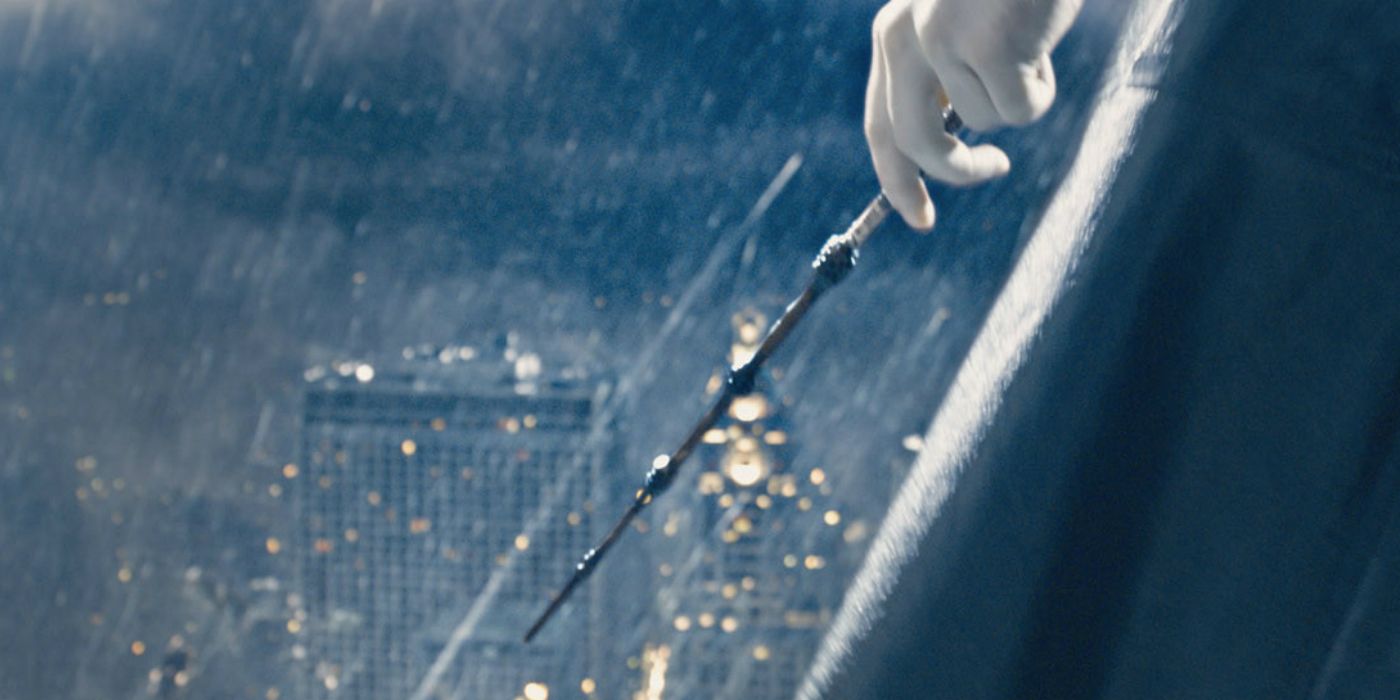
Let's start with what may be the most significant plot hole of them all - the Elder Wand. As Harry Potter and the Deathly Hallows revealed, the young Albus Dumbledore and Gellert Grindelwald were obsessed with the legendary Deathly Hallows. Grindelwald himself was most interested in procuring the fabled Elder Wand, which is believed to be the most powerful wand in existence. Sometimes referred to as the "Deathstick," the Elder Wand is unique in that it has an "allegiance" to a master. It can only be claimed by another when that master is defeated. Grindelwald successfully took possession of the Elder Wand when he heard rumors it had been acquired by the European wand-maker Gregorovitch, and ambushed him in his workshop.
Grindelwald didn't wield the Elder Wand in Fantastic Beasts and Where to Find Them. From an in-universe perspective, he was attempting to impersonate another wizard, so he had to settle for using his wand; from an out-of-universe perspective, of course, Rowling didn't want viewers to deduce who Graves really was until the end of the film. Regardless, though, Harry Potter and the Deathly Hallows demonstrated that a wizard didn't need to be specifically wielding the Elder Wand in order for their defeat to pass on its allegiance. So, when Grindelwald was pinned by Newt Scamander's Swooping Evil, and then disarmed when Tina took the wand out of his pinned hand, Grindelwald should've lost mastery of the Elder Wand. And yet, in Fantastic Beasts: The Crimes of Grindelwald, that clearly hasn't happened. Why not?
Related: Where The Deathly Hallows & Philosopher's Stone Are During Fantastic Beasts 2
As is the case with so many of these plot holes, the solution may well be that viewers (and, indeed, readers of the original Harry Potter books) simply don't know all the magical rules underpinning J.K. Rowling's Wizarding World. It's safe to assume the Elder Wand was crafted by a wizard who imagined it being passed down from one bloodthirsty sorcerer to the next, by way of combat. Given that's the case, it's possible the Elder Wand didn't count Grindelwald's defeat; after all, technically he was beaten by a beast and not a wizard, when his arms were pinned to his side by the Swooping Evil.
Jacob Kowalski's Return
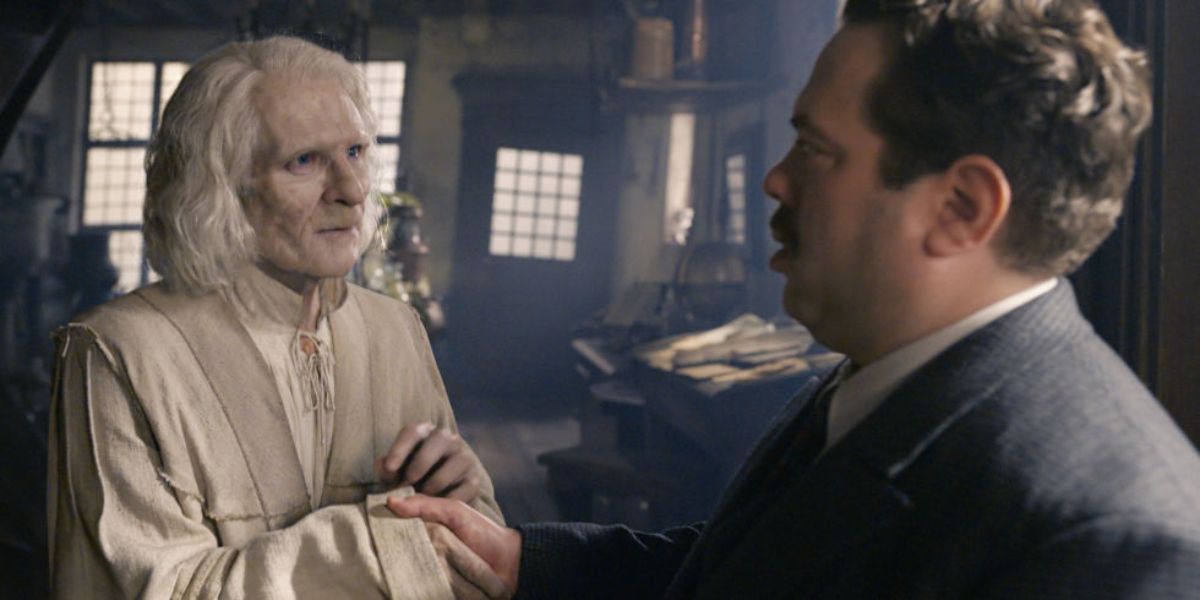
On the face of it, the return of Jacob Kowalski also appears to "break" Harry Potter canon. Jacob explains that he hadn't truly forgotten everything that happened to him in the first film - just the bad things (and Queenie filled him in on those bits). Fans and critics alike have been quick to point out that the wizards were supposed to have Obliviated the entire population of New York City in Fantastic Beasts and Where to Find Them, and that the Obliviate spell simply doesn't work like that.
Related: Fantastic Beasts 2 Completely Changed (& Ruined) Queenie
Ironically, this particular "plot hole" is the easiest to resolve, because it's not a plot hole at all. Although the wizards may have used Obliviate spells to reinforce New York's collective amnesia, Jacob himself lost his memories because he was exposed to a diluted form of the Swooping Evil venom. And Fantastic Beasts and Where to Find Them does indeed include a scene where Newt explains that Swooping Evil venom, when properly diluted, erases bad memories. Presumably Jacob's mind was generally clouded and confused for a while after exposure - explaining why he didn't recognize Newt when he bumped into him - but the good memories began to break through to the surface again. That would neatly explain why his bakes were in the shapes of the fantastic beasts he had so enjoyed meeting. Seeing Queenie at last would have finally jolted his memory, and made him realize that these strange imaginings were true.
Apparating on Hogwarts Grounds
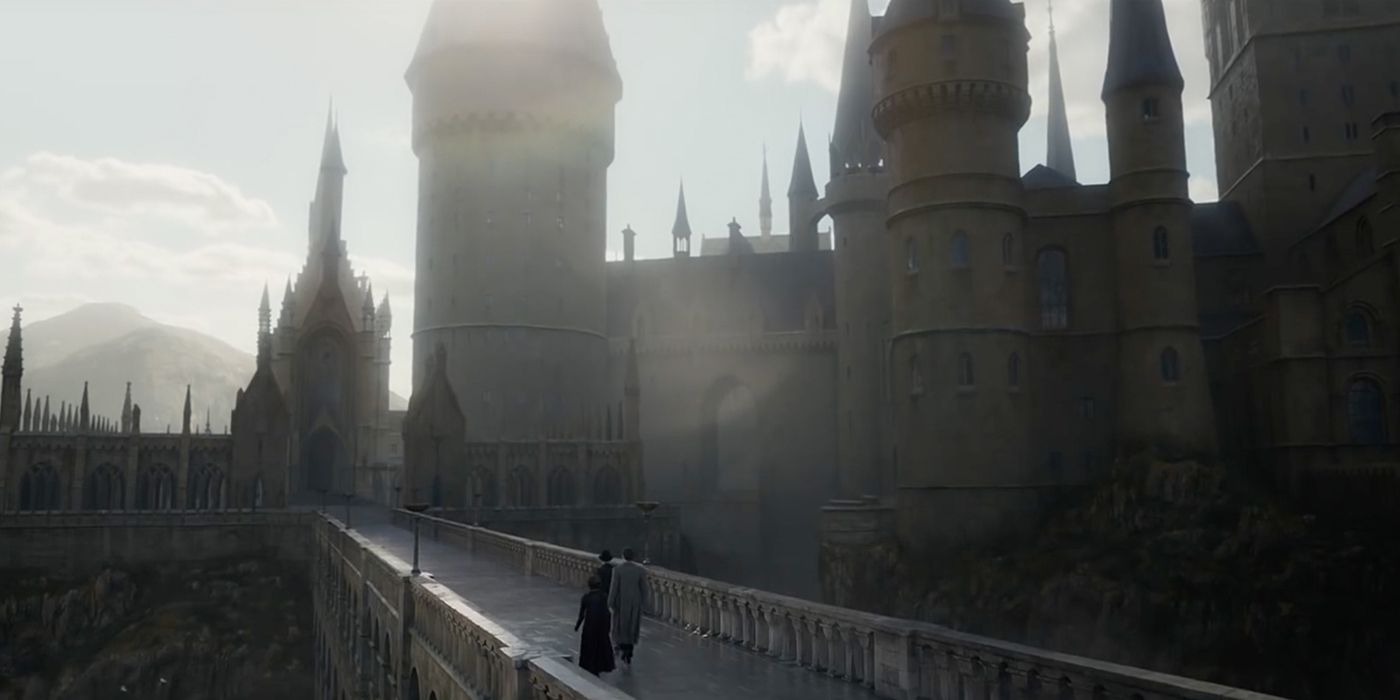
A more awkward plot hole, though, is that there are several scenes in Fantastic Beasts: The Crimes of Grindelwald where wizards Apparate on to Hogwarts grounds. As any Harry Potter fan will know, it's supposed to be impossible to Apparate on the grounds of Hogwarts - a major plot point that even means Dumbledore has to take Harry Potter off-site in order to hunt Horcruxes in Harry Potter and the Half-Blood Prince. Hermione Granger is well-known for reminding Harry (and readers) of this fact time and again. And yet, on the face of it, it seems that Rowling has forgotten her own rules.
There are a couple of possible solutions to this one. The first, and surely the simplest, is that it's possible the spells preventing Apparition on the Hogwarts grounds weren't put in place until after Fantastic Beasts: The Crimes of Grindelwald. Perhaps, at some point in the war, Grindelwald will send in a strike team to attack Hogwarts, and Dumbledore will create those restrictions in response. It's worth noting that Hermione learned of this block because she'd read Hogwarts: A History, which would presumably only mention these spells if they were tied to some sort of historical event. Another possibility, however, is that - at least in the 1920s - the anti-Apparition spells did not cover the main footpath over the Hogwarts bridge. After all, its already known that Dumbledore was able to lift those spells over the Great Hall in order to allow Apparition classes to happen. Notice that, on both occasions wizards Apparate into the Hogwarts grounds, they appear in pretty much the same place.
Page 2 of 2: McGonagall's Age and Credence's Identity
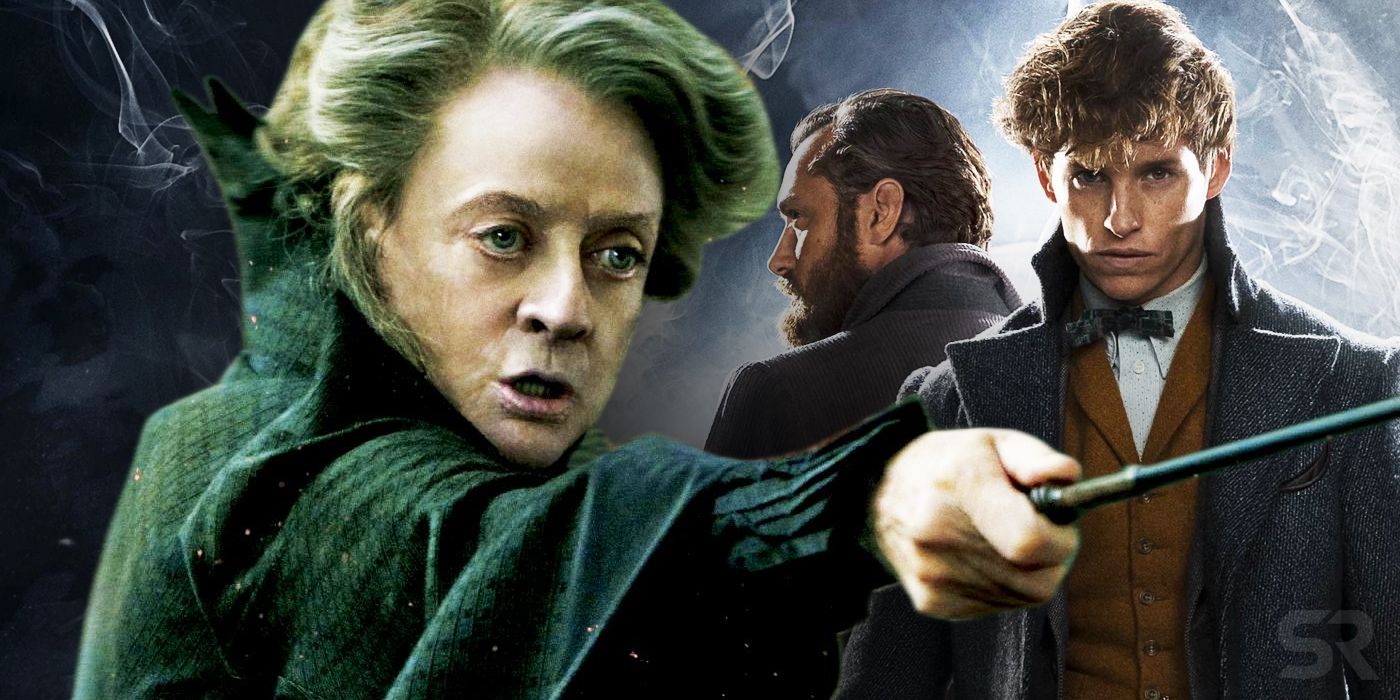
The Mystery of McGonagall's Age
The casting of Fiona Glascott as the young Professor McGonagall in Fantastic Beasts: The Crimes of Grindelwald took Harry Potter fans by surprise. In Harry Potter and the Order of the Phoenix - set in the 1990s - McGonagall said she'd only worked at Hogwarts for "39 years." Over on the Pottermore website, J.K. Rowling had revealed that McGonagall started working at Hogwarts just two years after graduating. Putting all these details together, Minerva McGonagall should have been born in 1935 - and certainly shouldn't have been teaching the young Newt and Leta over two decades before she was born. There's no real fix for this, other than to accept that Rowling appears to have changed her mind about McGonagall's backstory. It's as yet uncertain whether or not this was purely for fan-service, or because the backstory Rowling has fashioned for McGonagall has interesting thematic parallels to Queenie's story in the Fantastic Beasts movies. Perhaps McGonagall will be more important than audiences think.
Related: Fantastic Beasts 2 IMPROVED Harry Potter Canon
For all this is frustrating, though, it's not exactly a significant plot hole. Indeed, it's only a problem in light of the broader Harry Potter canon Rowling has revealed on Pottermore; after all, there's no reason a teacher has to stay at Hogwarts all their lives. It's possible McGonagall left Hogwarts sometime after 1945, only to return 39 years before Harry Potter and his friends would attend. This is annoying to committed Harry Potter fans, but it's not really too important.
The Blood Pact
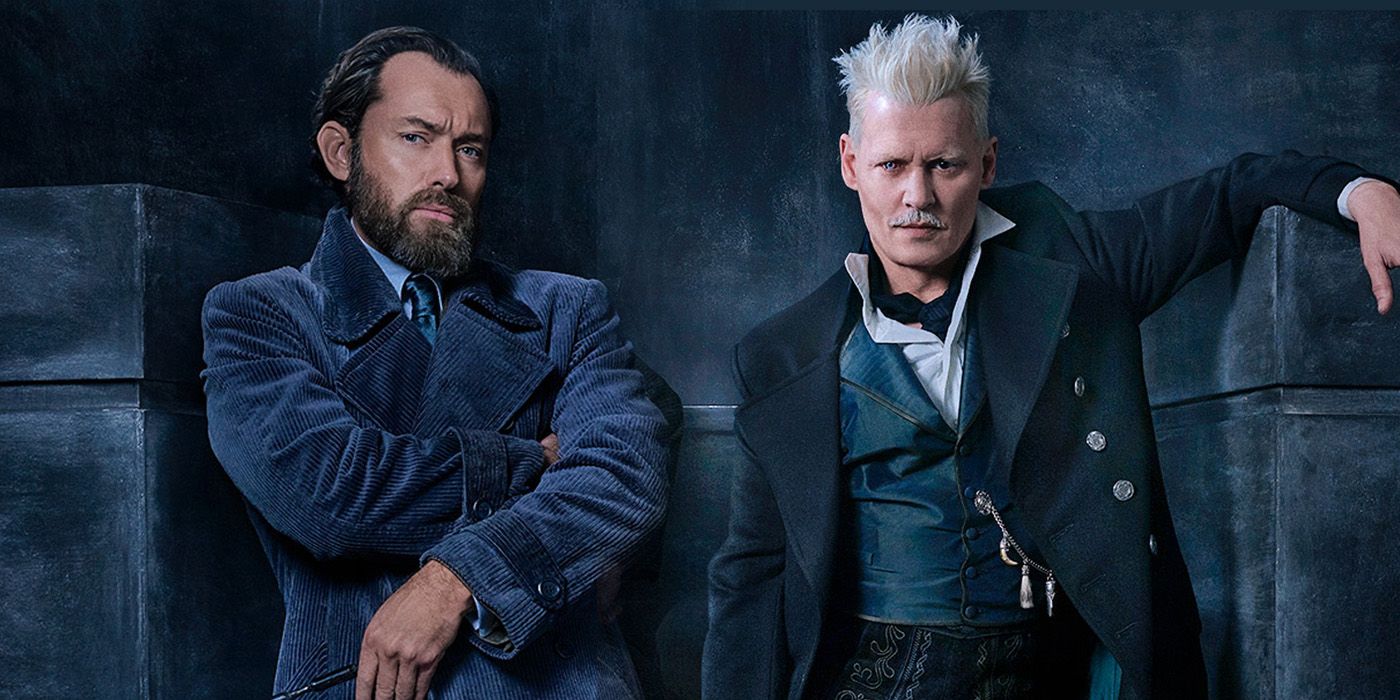
The Blood Pact between Albus Dumbledore and Gellert Grindelwald is a fascinating new twist in the Fantastic Beasts saga, but it does cause some problems. It was presumably forged when Dumbledore and Grindelwald were close friends - closer than brothers, in Dumbledore's words - and when they imagined they would always be side-by-side. As Harry Potter fans know, those expectations were dashed; Albus' brother, Aberforth, saw through Grindelwald, and confronted the two wizards. Wands were drawn, and a ferocious three-way duel broke out at Godric's Hollow, one that tragically led to the Ariana Dumbledore's untimely death. In Harry Potter and the Deathly Hallows, Albus reflected that he didn't know who was responsible for the spell that killed Ariana; he believed all three wizards were casting Killing Curses.
But the Blood Pact apparently restrains Dumbledore and Grindelwald from acting against one another, so how could that three-way duel even happen? It's important to remember, though, that the Blood Pact is a brand new idea in Harry Potter canon; at present, we have simply no way of knowing how it works. Does it actually stop the two wizards from fighting each other? Or does it mean that, should Albus kill or injure Grindelwald, he will suffer the same fate? The latter is suggested by the fact their blood is mixed within the Blood Troth, suggesting they would suffer and die together. If this is, indeed, the case, then it gives a sense of how desperate and dangerous that three-way duel was. Both Albus and Grindelwald were risking their own lives when they turned their Killing Curses upon each other. It will be interesting to see if Rowling takes to Pottermore to clarify the issue, and explain how the Blood Pact really works.
Credence Barebone is Aurelius Dumbledore
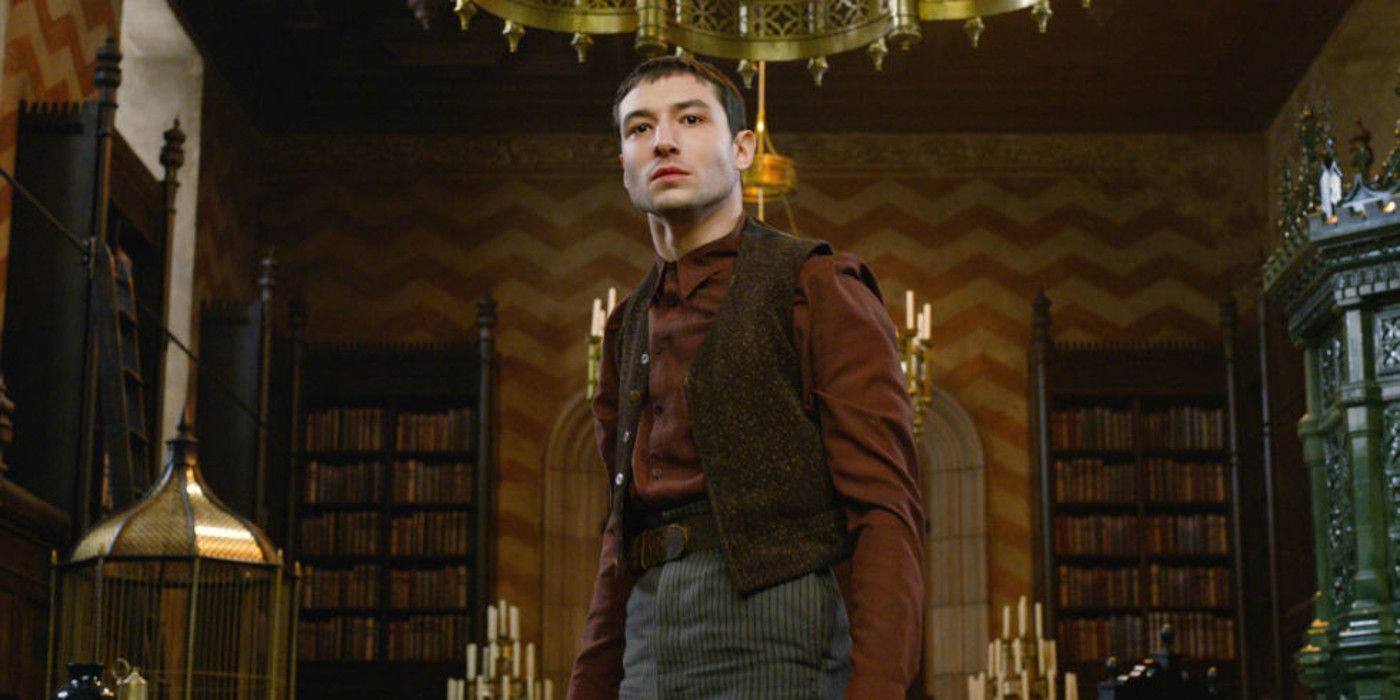
The end of Fantastic Beasts: The Crimes of Grindelwald reveals the shocking truth of Credence's real identity as Aurelius Dumbledore. This revelation has shaken the Harry Potter fandom to its core, as it seems to contradict everything we already knew about the Dumbledore family. After all, by the 1890s, Dumbledore's father had been committed to Azkaban for life imprisonment, and his mother died in 1899. Credence would seem to be far too young to be a Dumbledore. And yet, while Grindelwald is hardly a trustworthy source, the script clearly intends audiences to believe this is true. That's why Fantastic Beasts 2 sees Albus disclose a Dumbledore family legend about Phoenixes, only for Credence's pet bird to turn into a Phoenix. Even Credence's first name Aurelius is intended to signpost this; "Albus" means "white," "Ariana" refers to "silver," and "Aurelius" is "golden." The name Grindelwald gives to Credence fits perfectly with the naming traditions of the Dumbledore family (Aberforth excluded).
Related: Harry Potter/Fantastic Beasts Official Timeline
On the face of it, there are two possibilities. The first is that Albus' mother Kendra was seeing another wizard before her death, and even gave birth to a child; perhaps the relationship would have been scandalous, and so the infant was sent over to America. That's possible, but the timeline doesn't really fit - Credence is too young. The other possibility is that Albus' father Percival slept with another inmate at Azkaban, and left her pregnant. That seems more likely, as the exact date of Percival's death in Azkaban is unknown; again, there'd be just the right note of family scandal to explain why the infant was taken over the Atlantic. The credits claim that the woman with the young Credence was his aunt, which probably means she was Albus' spinster aunt Honoria, acting to preserve what remained of the family reputation. It's unknown if Albus is aware he has another brother; apparently Rowling has told Jude Law, but he's understandably keeping quiet.
But this isn't a plot hole. Rather, it's a major plot point that has yet to be resolved, and will clearly be important in Fantastic Beasts 3. Ezra Miller has reassured fans that they need to trust J.K. Rowling. And he believes that Fantastic Beasts 3 will revolve around the theme of "why" is Credence - why is he a Dumbledore, why was he sent away, why do the history books not record his existence in the Dumbledore family line? If this is the case, audiences need to accept that this isn't a plot hole; it's a story that has yet to be told.
-
Rowling is a skilled storyteller, and, as such, Harry Potter fans would be wise to be patient. It's entirely possible that there's a reason Rowling has broken her canon, and that the Fantastic Beasts story will end in such a way as to neatly resolve every issue her prequel films have raised. Only time will tell.
More: Fantastic Beasts 3: Release Date, Story Details & Every Update
from ScreenRant - Feed https://ift.tt/2Pd8MbI

0 comments:
Post a Comment